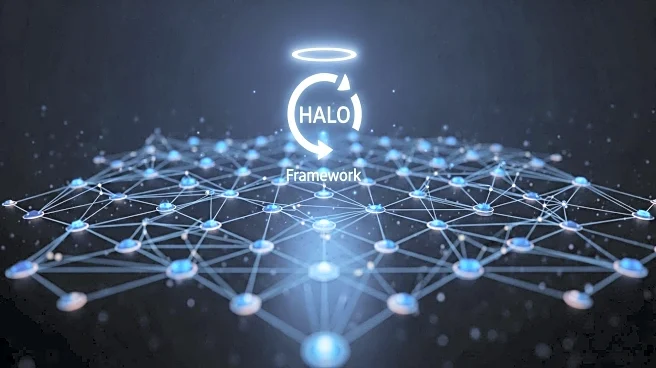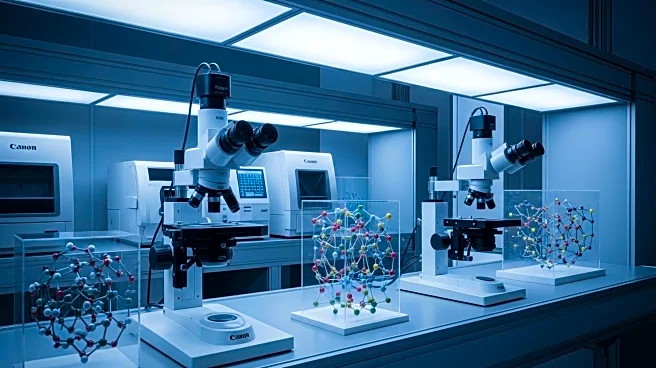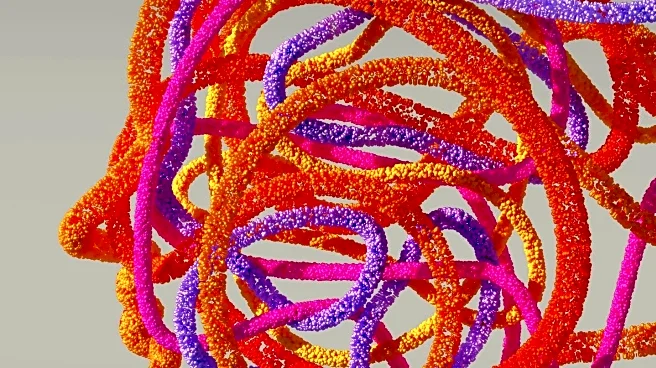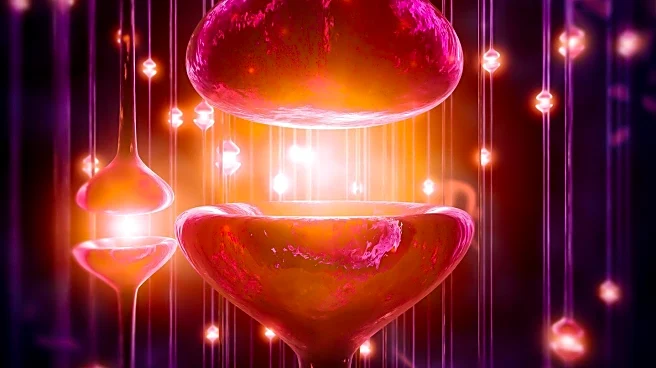What's Happening?
The HALO model, a hierarchical causal modeling framework, has been developed to analyze single-cell multiomics data. This model uses causal constraints to uncover spatiotemporal dynamics and gene regulation mechanisms within tissue contexts. HALO identifies distal cis-regulation interactions between chromatin regions and nearby genes, providing insights into cellular functions and regulatory processes.
Why It's Important?
The HALO model represents a significant advancement in single-cell multiomics analysis, offering a comprehensive understanding of gene regulation dynamics. By integrating data from multiple omics layers, HALO can enhance research in cellular functions and disease mechanisms, potentially leading to breakthroughs in personalized medicine and targeted therapies. This model highlights the importance of causal modeling in advancing multiomics research.
What's Next?
Researchers may explore the application of HALO in various biological systems, using it to uncover gene regulation mechanisms and cellular functions. Future studies may focus on expanding the model to include additional modalities, such as methylation and protein levels, providing a more comprehensive understanding of gene regulation dynamics. Collaborations with research institutions and biotech companies may drive further advancements in multiomics analysis.
Beyond the Headlines
The use of causal modeling in multiomics research raises ethical considerations regarding data privacy and the potential for unequal access to advanced research tools. As the field grows, stakeholders must address these challenges to ensure equitable distribution of benefits and maintain public trust in scientific progress.










